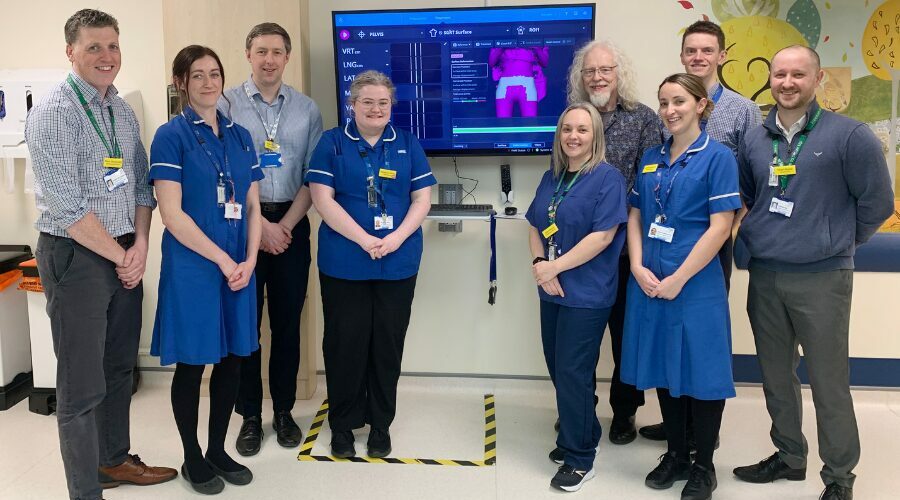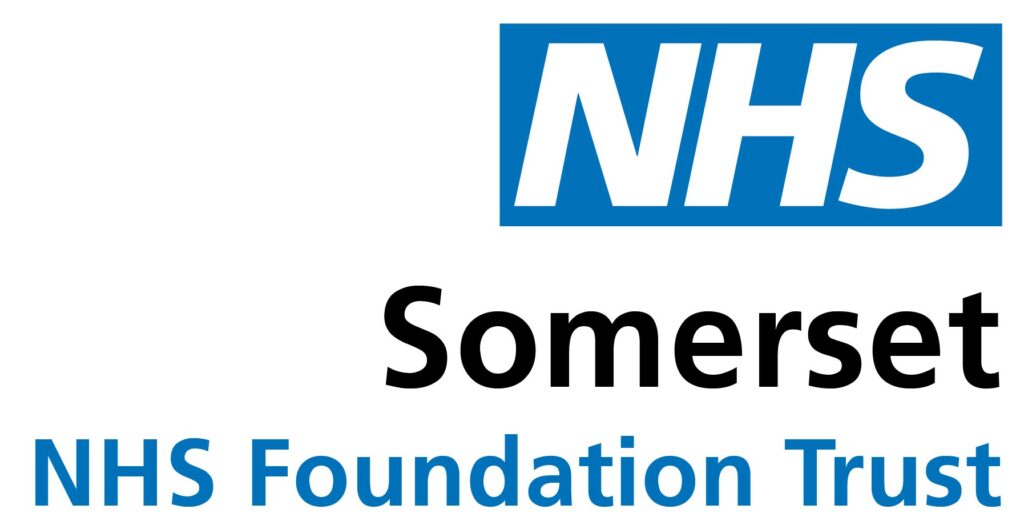
Spotlight
SURE helps bring surface guided radiotherapy to Somerset for first time
Patients under the care of our radiotherapy team at Musgrove Park Hospital are now able to access surface guided radiotherapy treatment (SGRT) for the first time.
It follows a large donation of over £800,000 from the Somerset Unit for Radiotherapy Equipment (SURE) charity to buy and install this new system at the hospital’s Beacon Centre.
SGRT uses sophisticated 3D camera technology to give therapeutic radiographers a real-time visualisation of the patient’s skin surface, monitoring physical movements and calculating any differences from the planned treatment position. This ensures the precision required for patient specific radiotherapy treatments.
It covers all types of cancer sites, with the exception of breast, and head and neck currently, but plans are in place to enable similar treatment of those cancers in the near future too.
Jodie Thompson, one of our specialist practice therapeutic radiographers, explains: “Previously we’d have needed to physically tattoo the reference points onto the patient’s body to recreate the same position over the course of treatment, leaving them with a permanent reminder of their cancer.
“With this new equipment, we no longer need to tattoo patients and it offers a much less invasive approach to the process of obtaining the optimum treatment position.
“It has also reduced our manual handling and means we’re able to monitor our patients even more closely during their treatment, which gives us more information to make clinical judgements.”
Megan le Riche, one of our specialist practice therapeutic radiographers, adds: “The system is synchronised with our treatment machines, so it interrupts the treatment if the patient moves, minimising risk to the patient, and for us as colleagues, our manual handling is greatly reduced.
“By using SGRT, our appointment times are quicker and as it’s available on every radiotherapy treatment machine, which means we will have the capacity to treat more patients in a single day.”
Sarah Kushnaryova, our clinical lead for pretreatment, says that colleagues in the team have reported that they find it much easier to use and that they’ve picked up how the system works quickly.
“In fact, we’ve already been able to use it on a third of our patients, and the manufacturers were impressed at how quickly we’ve been able to move to tattoo-less treatments, which they hadn’t seen before.
“We’ve had some great feedback from patients who were mentally preparing themselves to have tattoos but were pleasantly surprised when we told them it was no longer needed.”
Steve McCormack, our head of radiotherapy physics, says: “We’ve been extremely pleased with the impact made by surface guided radiotherapy treatment so far, and I want to thank everyone involved across our colleague staff groups for all the hard work and time they’ve invested to make this possible.
“We’re one of only a handful of NHS trusts in the south-west to use this system so far, and the way our colleagues have picked it up so quickly is a real testament to their high level of training, preparation and now expertise.
“Everyone in the team bought into the project right from the start and could immediately see the benefits to the patients. It just shows what we can achieve when we get behind a vision – we’re all very proud of this work.
“When we first installed the system in the rooms, we were delighted to be able to hold an open day for supporters and committee members of SURE so they could see the system for themselves. We’ll be forever grateful to them for their generous support.”
Paul Alway, chair of SURE, which funded the SGRT system, explains how the charity became involved.
“Back in 2019 we worked with the trust to develop a vision of what SURE could fund over the next five years, and this was one of the projects that we were really keen to back,” he says.
“As this equipment cost a lot of money, we initially thought that we’d need to run a standalone fundraising campaign, but in fact the efforts of our incredible supporters, particularly those leaving gifts in their wills, meant that we were able to fund it.
“In effect we’ve paid for all the equipment, as well as two years of maintenance and servicing, altogether totalling just over £809,000.”
